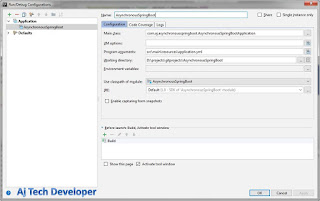Travis CI (Continuous Integration) for GitHub Java-Maven Repository

Travis CI (Continuous Integration) for GitHub Java-Maven Repository Introduction Travis CI is a hosted, distributed continuous integration service used to build and test software projects hosted at GitHub. In this post I will give an overview of integrating Travis CI with an existing GitHub Java-Maven Project. Here is how my GitHub Repository looks before Travis CI Integration In this post I will help you to set up Travis CI for your existing GitHub Java-Maven repository in a few simple steps. Step 1: Login to Travis CI Go to Travis CI Website and login to it with GitHub credentials. In the next page, allow the default permissions shown. After this, wait for sometime to sync with your GitHub repository. Click on Accounts link under your username to show all projects in your GitHub Repository. Step 2: Flick Repository Switch ON Flick the Switch ON for the Repository that you would like to integrate to ...



